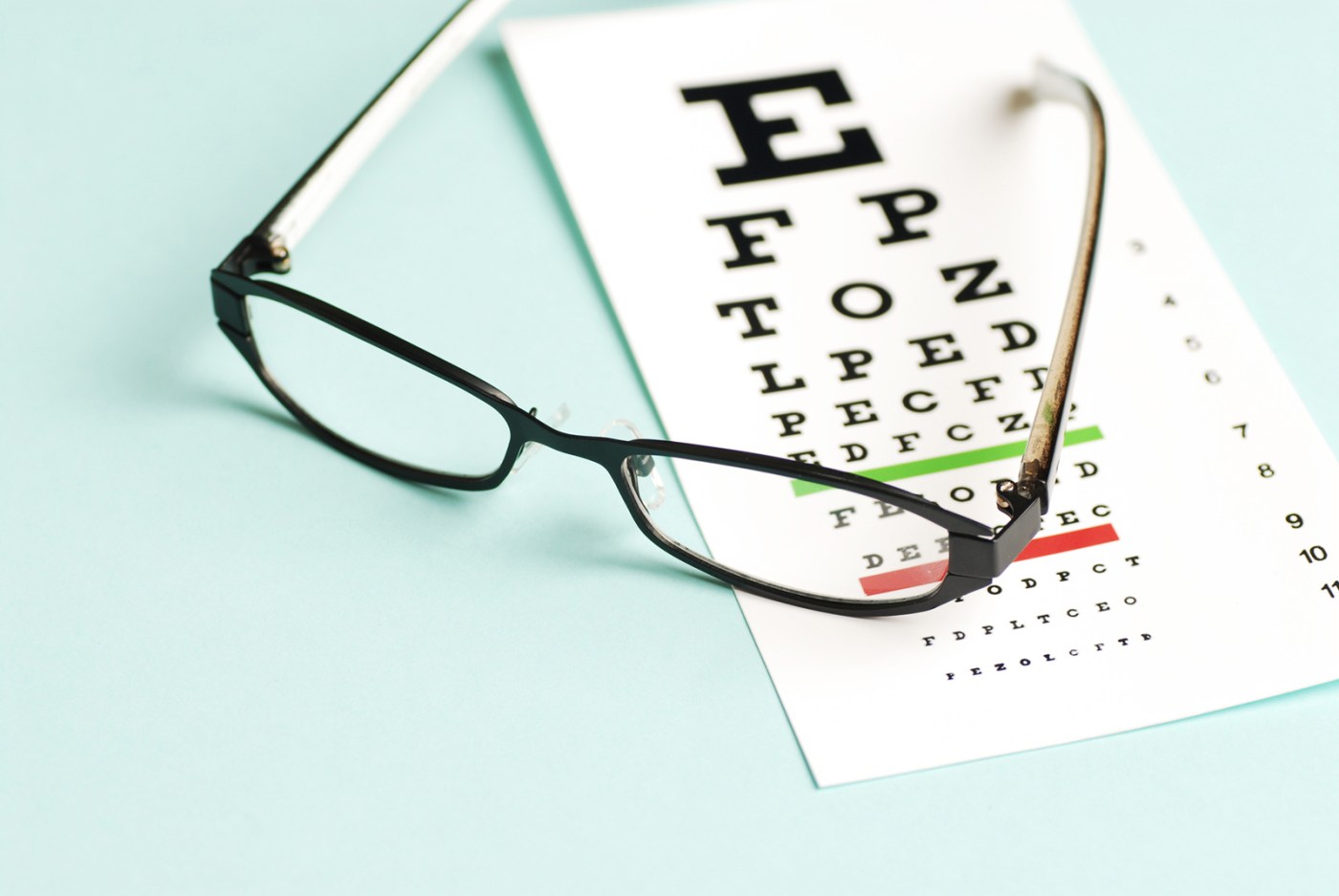Tom Avril | The Philadelphia Inquirer (TNS)
A team led by University of Pennsylvania scientists has discovered three genetic variants that offer the first strong clues as to why glaucoma disproportionately affects Black people.
The variants are common in people with African ancestry and are associated with a significantly higher risk of developing the sight-robbing disease, the researchers found in their study of more than 11,000 volunteers, including 6,300 from the Philadelphia area.
Related Articles
Ozempic at Costco: Store’s new $179 weight loss plan includes prescription
Opinion: Give Californians same medication access that Australians, Canadians, Coloradans enjoy
Biased test kept thousands of Black people from kidney transplant
Santa Clara County nurses prepare for three-day strike over wages, working conditions
Second reported case of bird flu in a person in the US confirmed
More research is needed to determine if these variants — each consisting of just a single “letter” among the 3 billion pairs of letters that spell out the human genome — play a direct role in causing glaucoma. But if they stand up to scrutiny, the findings someday could be used to develop better treatments and identify people who could benefit from them, said Shefali Setia Verma, one of the lead study authors and an assistant professor at Penn’s Perelman School of Medicine.
“The idea is that this can help identify individuals who are at higher risk before any symptoms occur,” she said.
Previous studies have found more than 170 other genetic variants that are involved in glaucoma, a condition in which the optic nerve becomes damaged, often as a result of increased pressure inside the eye. But most of those studies were conducted among white or Asian populations — despite the fact that glaucoma is more common in Black people and, when it occurs, is more likely to lead to blindness.
And most of the genetic variants discovered in those previous studies turned out to play little or no role in the disease for Black people, illustrating the need for diversity in study populations, said Penn physician-scientist Joan M. O’Brien.
“It was a hugely unmet need,” she said.
Gaining trust from Black patients
That’s what prompted O’Brien, Verma, and their colleagues to launch the new study, which is among the first — and by far the largest — conducted among Black people.
O’Brien blamed the shortage of studies partly on the justifiable misgivings that many Black people hold about medical research, citing examples of misconduct such as the Tuskegee experiment in which Black men were not treated for syphilis.
Ongoing bias in medicine continues to contribute to mistrust. For instance, Black patients are less likely than white patients to receive pain medication, and less likely to be admitted to the hospital from the emergency room. Until recently, they had to wait longer than white patients for a kidney transplant.
“Clearly there are reasons for individuals of African ancestry to distrust studies and distrust medicine and distrust many things related to science,” she said. “That doesn’t excuse us from trying to involve people of African ancestry.”
Related Articles
Some Medicaid providers borrow or go into debt amid ‘unwinding’ payment disruptions
Kate Middleton was forced to reveal cancer diagnosis after threat of news leak: report
Ozempic at Costco: Store’s new $179 weight loss plan includes prescription
Opinion: Give Californians same medication access that Australians, Canadians, Coloradans enjoy
Kristof: The case for saying ‘I do’ in modern life
So she and her coauthors then embarked on an unusual campaign to enroll volunteers, spreading the word as they conducted vision screenings at predominantly Black churches, community centers, and health fairs. Eydie Miller-Ellis, a Penn ophthalmologist and study author who is Black, also promoted the study on Black-owned radio station WURD.
They ended up with 11,275 study participants, including the 6,300 that Penn physicians enrolled from the Philly area. The rest came from elsewhere in the United States, as well as Ghana and Nigeria, recruited by collaborators at other institutions.
The scientists started by comparing the genomes of study participants who had glaucoma with the genomes of participants who did not, identifying dozens of genetic variants that differed between the two groups.
Then winnowed down that list to the final three by conducting a series of laboratory studies in human cells. They also validated their findings by checking them against other genetic databases, including Penn Medicine’s own BioBank, a repository of blood and genetic samples of which 17% were contributed by Black people.
Glaucoma risk increase
All three variants were found in noncoding regions of the genome — what used to be erroneously referred to as “junk DNA,” or stretches of DNA that lie outside the genes. But as scientists have found in many other instances, these three variants, despite not being part of any gene, appear to play a role in the activity of nearby genes.
One of the variants was associated with a 75% increase in the risk of glaucoma. The other two each were linked to a 25% increase in risk of the disease.
The three variants appear to play some sort of causal role in the disease, but more work is needed to be sure what that is. O’Brien, director of the Penn Center for Genetics of Complex Disease, hopes that someday the findings could be incorporated into a rapid test, suitable for use in a primary-care office.
Such a test would allow physicians to identify and counsel at-risk patients before they are aware of any symptoms. People with the disease often are unaware they have it, as it typically starts with declining peripheral vision, which patients may not notice at first.
The genetic findings also could guide the development of better drugs, O’Brien said. Currently, physicians treat the disease by trying to lower the pressure inside patients’ eyes, first with medication and later, if needed, surgery.
But those tactics don’t work for everyone in whom the disease is caused by elevated eye pressure, O’Brien said. And in some cases, the disease can occur in people whose eye pressure is normal.
“We know it’s not just the pressure,” she said. “But that’s the only treatment we have to give.”
©2024 The Philadelphia Inquirer, LLC. Visit at inquirer.com. Distributed by Tribune Content Agency, LLC.












